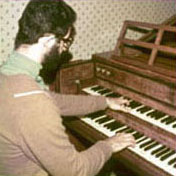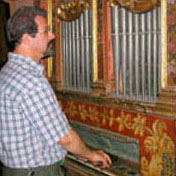Comments by readers and scholars
Ever since the first limited-circulation version of 1983, but more so recently for the eBook editions, the author has received many favourable personal comments.
It all begun with letters exchanged with renowned harpsichordist Igor Kipnis, about the 1983 version. In a letter dated June 9, 1984 Kipnis wrote:
“... I think that your Method is a very well thought out one that would be most useful to early keyboard students. Much that you have put in it is of a most helpfully practical sort, and it is obviouos to me that you have spent an enormous amount of time and effort in compiling your materials. ... you may feel free to use any of the above comments for whatever purpose you desire. ...”
Much more recently, in January 31, 2016, harpsichordist Daniel Jencka in the HPSCHD-L online forum wrote :
“... early fingering ... Lindley and Boxall's two volumes of pieces fingered from the time, they are very useful. But what I found to be the greatest resource is Claudio Di Veroli's early fingering method, which is entirely based on the sources. It's great value comes from the fact that it shows that early techniques from many original sources were almost entirely in accord. ... The differences are mostly small, and though interesting, are statistically and measured by the standing of source authors and players who are in agreement, really just something to consider off to the side. ... Before coming across Claudio's method six or seven years ago, I was unable to see the forest for the trees, and for trees I had nearly all the books, papers, articles, examples and treatises available. It all needed to be gone through by someone interested in drawing out the individual techniques as applied to representative passages and patterns so that core practices and commonalities could be drawn out. ...”.
Daniel Jencka's very interesting full post is worth reading.



